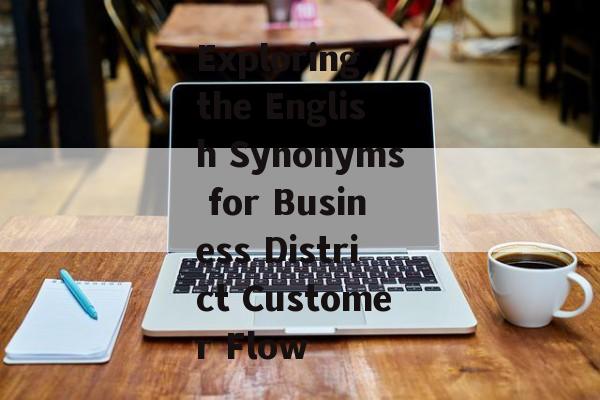Exploring the English Synonyms for Business District Customer Flow
In the bustling world of urban development, the term "business district customer flow" plays a pivotal role in understanding the vitality and success of commercial areas. This concept refers to the movement and frequency of customers visiting a particular business district. To delve deeper into this topic, we will explore various English synonyms for "business district customer flow" and understand their implications in the realm of urban planning and business strategies.
- Foot Traffic
"Foot traffic" is perhaps the most commonly used synonym for "business district customer flow." It directly refers to the number of people walking through a specific area. This term is particularly relevant in areas where walking is the primary mode of transportation, such as shopping districts and city centers. Analyzing foot traffic can provide valuable insights into the popularity and attractiveness of a business district.
- pedestrian flow
"Pedestrian flow" is another term that closely resembles "business district customer flow." It emphasizes the movement of pedestrians within a given area. This term is often used in urban planning and design to ensure that the infrastructure can accommodate the expected pedestrian traffic. By understanding pedestrian flow, businesses and city planners can optimize the layout of sidewalks, crosswalks, and public spaces.
- Customer Footfall
"Customer footfall" is a term that combines the concepts of "customer" and "footfall," which is a synonym for foot traffic. This term is particularly useful in retail and commercial sectors, as it highlights the importance of attracting and retaining customers. By analyzing customer footfall, businesses can identify peak hours, target marketing strategies, and improve customer service.

- Visitor Volume
"Visitor volume" is a broader term that encompasses both customers and other individuals visiting a business district. This term is often used in the context of tourist destinations, cultural events, and entertainment venues. Understanding visitor volume helps businesses and city planners to anticipate demand, manage resources, and plan for future growth.
- Traffic Density
"Traffic density" is a term commonly used in transportation and urban planning to describe the number of people or vehicles in a given area. While it is often associated with vehicle traffic, it can also be applied to pedestrian traffic in a business district. Analyzing traffic density helps businesses and city planners to optimize the use of public spaces, manage crowds, and ensure safety.
- Customer Attraction
"Customer attraction" is a term that focuses on the factors that draw customers to a business district. This includes the availability of diverse shops, restaurants, entertainment options, and overall ambiance. By understanding what attracts customers, businesses and city planners can enhance the appeal of a district and boost customer flow.
- Customer Engagement
"Customer engagement" is a term that goes beyond mere foot traffic. It refers to the level of interaction and satisfaction customers experience within a business district. This term is crucial for businesses looking to build long-term relationships with their customers. By fostering customer engagement, businesses can increase customer loyalty and repeat visits.
- Dwell Time
"Dwell time" is a term that measures the average time a customer spends in a business district. This metric is important for understanding customer behavior and the effectiveness of marketing strategies. By analyzing dwell time, businesses can identify opportunities to improve their offerings and create a more engaging environment.
- Business District Vibrancy
"Business district vibrancy" is a term that encompasses the overall energy and activity level of a district. It is a holistic measure that considers foot traffic, customer engagement, and the overall atmosphere. A vibrant business district is more likely to attract customers and businesses, leading to sustained growth and success.
- Retail Gravitas
"Retail gravitas" is a term that describes the influence and importance of a business district in the retail sector. It takes into account the presence of high-profile brands, the quality of products and services, and the overall reputation of the district. A district with strong retail gravitas is likely to have a higher customer flow.
In conclusion, the English synonyms for "business district customer flow" provide a comprehensive view of the factors that contribute to the success of a commercial area. By understanding these terms and their implications, businesses and city planners can make informed decisions to enhance the vitality and attractiveness of their districts. Whether it's foot traffic, customer attraction, or business district vibrancy, these synonyms help us appreciate the dynamic nature of urban commercial spaces and the importance of nurturing a thriving customer flow.
相关文章
